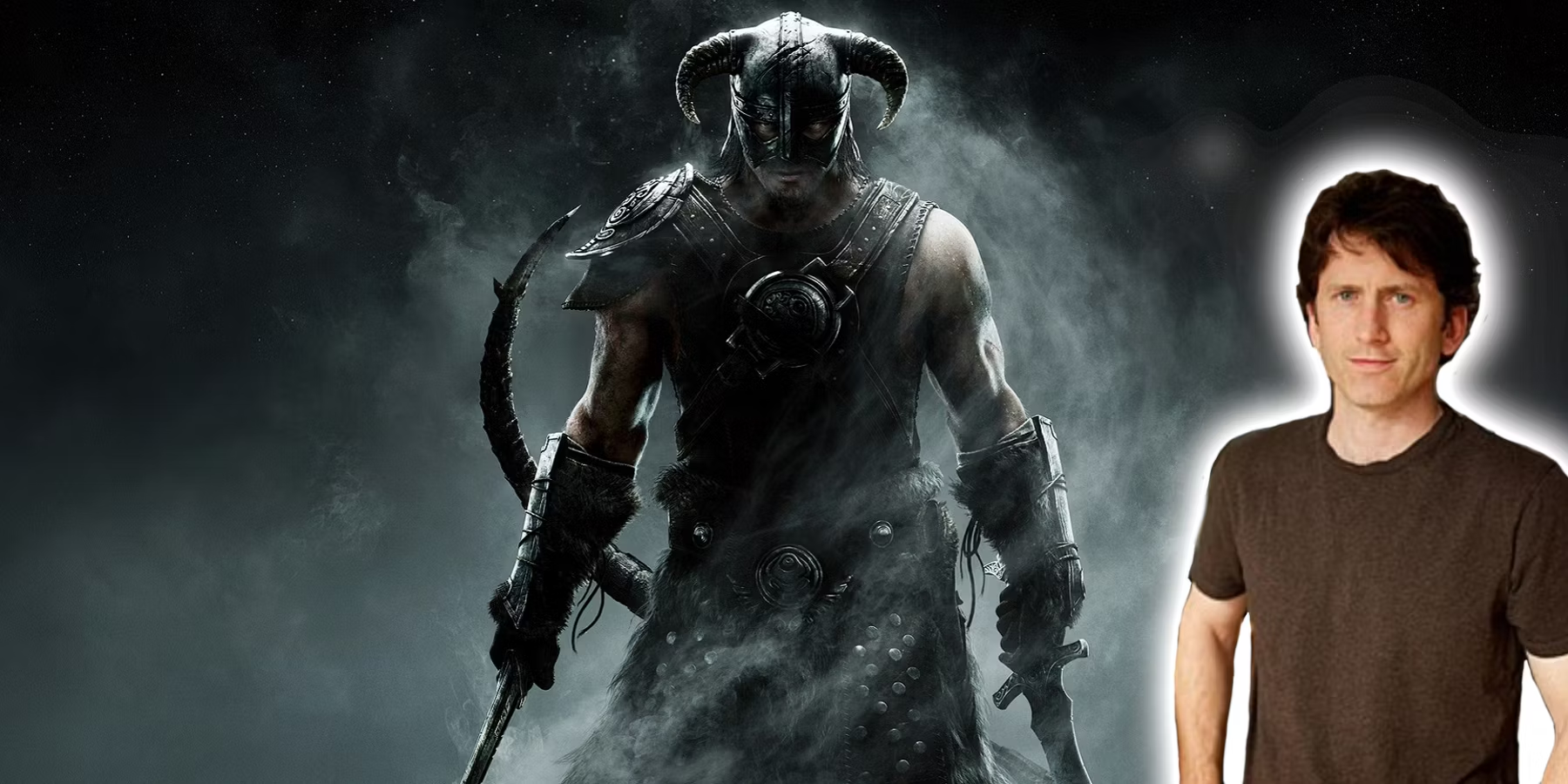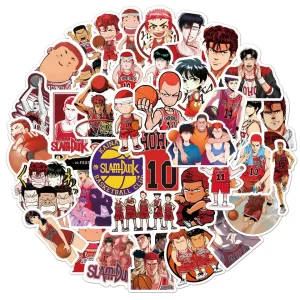Gaming, as we know it, will soon go the way of the dodo. Doesn’t that sound ridiculous? Especially considering how well the current consoles are selling and that Steam’s user base continues to grow year over year, but stick with me. I don’t mean that GAMING is dying. I just mean gaming AS WE KNOW IT, and there is a difference.
This death won’t be immediate. It won’t even be tragic, and it most certainly won’t be because we’re all playing games on our phones. Remember that?
What I’m talking about is subscription services and cloud gaming. I know the latter of the two might sound like something we can just brush off (you most certainly could a couple years ago), but it is the future of gaming.
When thinking of subscription services, the first that comes to mind is Xbox Game Pass. You pay $10 a month and get access to a library of over 100 games. It even gives you access to brand new first-party games like Sea of Thieves and State of Decay 2. It’s often described as the ‘Netflix of Gaming’.
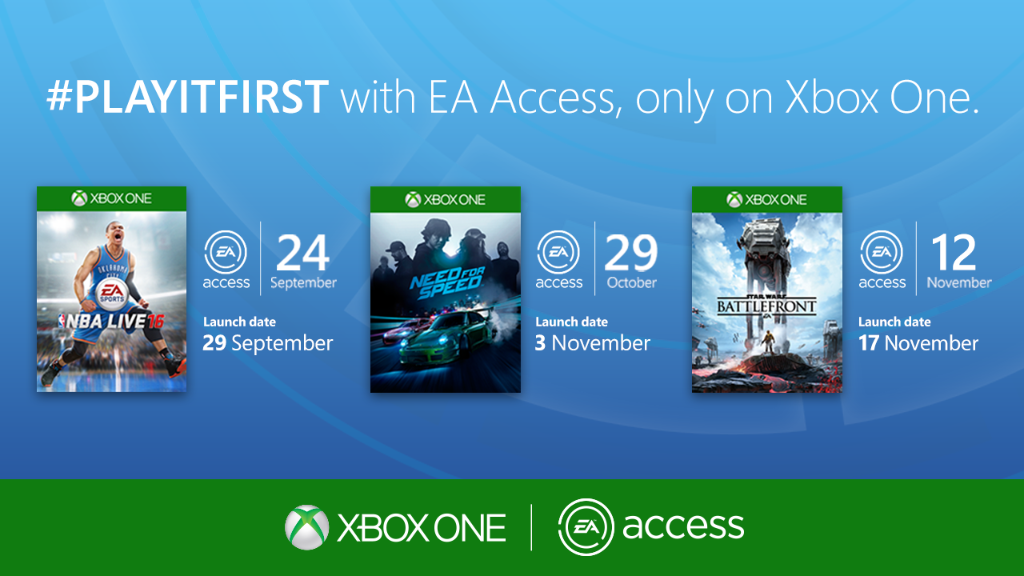
EA also has their ‘EA Access’ service. This gives you a growing library of EA games, early access to new titles, and a 10% discount on all purchases. And all for just $4.99 a month. At E3 they announced an upgrade to this service slated for this summer: EA Access Premiere. For $15 a month you’ll now have full access to brand new EA games, rather than a trial.
Despite what you might think of either company, this is fantastic value for money. Obviously, if you prefer physical media, this isn’t for you, but access to this many games for such a low price is practically stealing.

As a user of one of these services (Xbox Game Pass), the only problem I’ve experienced is having too many options. For example, I’m typically a Sony guy. I only just got an Xbox One S and was really excited to finally play Sunset Overdrive. I’ve played it for around 2 hours and was underwhelmed. I feel literally no need to go back to it. Whereas if I had bought it at full price, I’d probably push on and give it another shot. I wonder if this is true for other games.
I’d love to know just how many State of Decay 2 Xbox Game Pass players are actually repeat players. How many played the game and never picked it up again? Now obviously user choice is a great thing, especially when you’re paying for a service, but I feel like there might be games out there that we should be having fun with, but we’re not, because there’s always something else to play.
This is obviously a very minor drawback, but it’s something to think about.
Press ‘X’ to Start. Immediately.
Having a subscription service without the need to download games, or even the need for a PC or console to run them, now that’s the future. Doesn’t that sound like some future stuff?
I’m sure that many of you are thinking back to On Live, which is now dead, but On Live really started to kick up a fuss when it was announced. The world just wasn’t ready. Hell, it’s still not ready. Even PlayStation Now has some real mixed reviews, and it’s only streaming games at 720p. Internet speeds aren’t fast enough, or reliable enough to ensure that games can be streamed at a consistently high quality, without interruption.
If for some reason you don’t know what cloud gaming is, I’ll try to explain it as simply as possible. Cloud gaming is like streaming a game in the same way you’d stream a movie. You don’t actually have the movie, someone else does. It’s just streamed to you. Games are the same, but a bit more complicated.

Everything needs to stream way quicker. With a movie, you’re watching the same frames, and hearing the same sounds each time you watch it, but games can be different every time. The connection needs to be quicker to prevent latency. If you press ‘X’ to jump, you expect your character to jump as soon as you press the button, not half a second later.
Obviously this is an oversimplification of cloud gaming and streaming, but hopefully, you get the gist.
As I was saying, the world wasn’t ready a few years ago, and it’s still not. Well, some parts of it are, but that’s not going to cut it. For this to really take off it has to be accessible to everyone, and it’s only a matter of time before it is. It might not be 5 years from now. It might not even be 10 years from now, but 15 seems pretty doable, right? I mean, if it isn’t accessible 15 years from now, someone’s getting fired.
So, it’s 2033 (HA! Like Metro. I swear I didn’t do that on purpose), and the world is ready for cloud gaming. What are the ups and downs?
Let’s start with the good stuff:
No More Unexpected Updates
No more leaving a game for a week, trying to play, and being greeted by 4 updates that need to be installed. All of your updates will be scheduled on the server, so it doesn’t matter if you’re playing the game or not. It will always be up to date.
Cheaper Games
Even if there’s no subscription model and you have to pay full price, full price will be less than it is now. With no need to pay brick and mortar stores, delivery companies or disc and case manufactures, instead of paying $60 per game, you might be paying $30 – $40. The only costs to consider is for maintaining the server farms.
The End of the Gaming Machines
Having everything hosted by another machine means you’ll never have to spend $400+ on a console or gaming PC again. All you’ll need is a small device capable of streaming it. Probably not even that. Chances are we’ll just be using apps on our TVs.
No Hardware. No Limitations

Developers will never need to worry about hardware limitation again. There’s obviously going to be a limit to what devs can create, but now everyone’s on the same level. There is no catering to the lowest common denominator. The capabilities of games will progress exponentially. You will be playing better games.
More Space
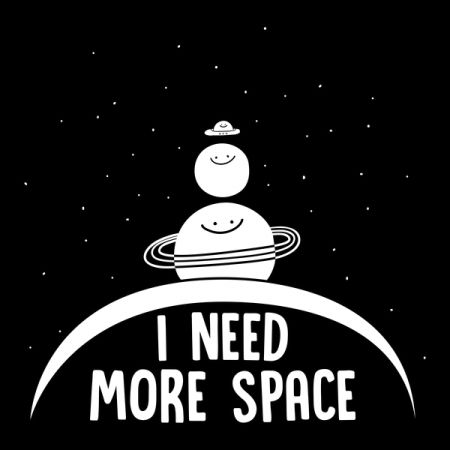
Streaming all of your media means there’s no need for physical media. Think of all the space you’ll have. Sure you won’t need shelf space for your games or consoles, but you’ll also be saving space digitally. Games will no longer need to be downloaded and installed. It may even mean that you use less data per month, so it’ll be much harder to hit the cap. Although, if we’re not downloading games anymore, I don’t even know what we’d need the space for.
Even if we assume that cloud gaming works perfectly without even minor connection hiccup, there are still disadvantages:
What About My Save Data?
I doubt that in the future there will only be one streaming service. There will most likely be multiple, so if one closes down, you jump to the next one, but what happens to your save data? Will these services allow you to download your save data to transfer it to another service? I’m going to go out on a limb here and say no. Companies are greedy and egotistical. Even when they’re dying.
Where’s My Favourite Game Gone?
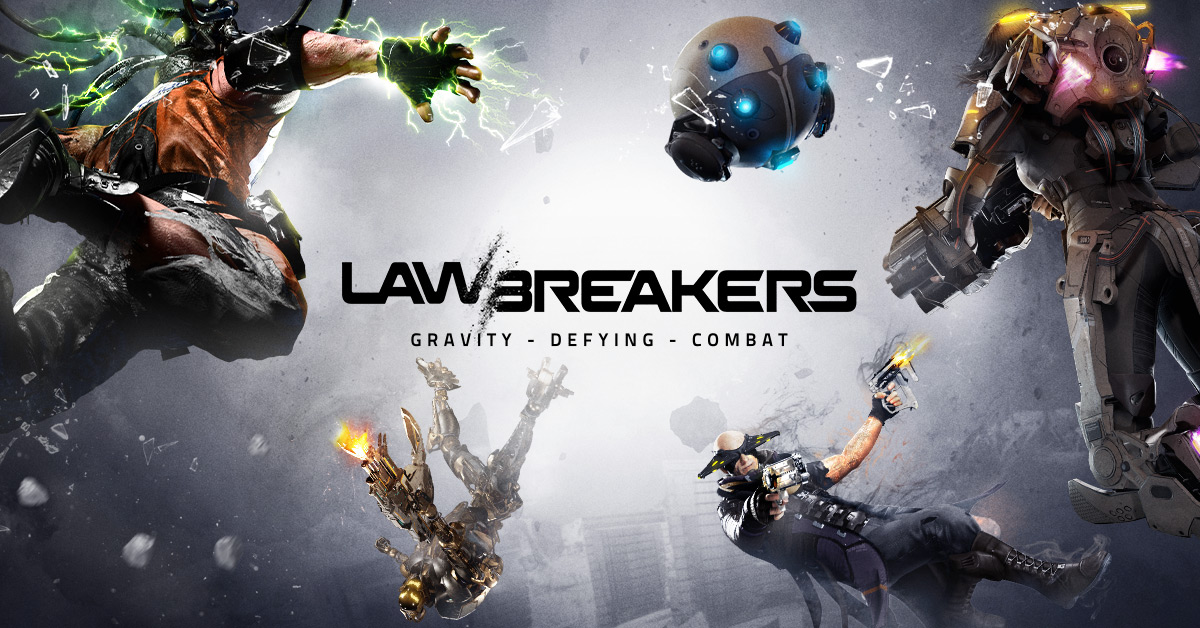

Streaming services tend to update their library. Adding new content on a regular basis helps to keep paying customers happy. However, taking away content is also part of those updates. Remember, you don’t physically own any of these games. What if they take your favourite game away? It’s unlikely that they’ll get rid of anything majorly popular, but what if you and five other people just adore Law Breakers 2? You play at 5 pm. For 3 hours. Every day, but they rip it away from you anyway.
Of course, I’m overexaggerating.
No one is making Law Breakers 2.
Ever.
Whether all this sounds appealing to you or not, you’d be foolish not to anticipate its arrival. The fact that EA and Microsoft are now diving in (with their streaming investments announced at E3) and Ubisoft’s CEO Yves Guillemot saying he expects the next console generation to be the last, tells us a lot.
These three massive players are why I’m confident that subscription and streaming services are the future of gaming. Not because it’s better for the consumer, but because these companies obviously see money-making potential in it. Why else would they invest?
I expect that publishers like EA have data showing that Origin account holders buy, on average, 1-3 EA games per year. If you get all of those people to sign up for EA Access Premiere for $15 per month, that’s a guaranteed $180 per year. Instead of selling around 1.5 – 2.5 games per user, they’re getting money for three games, and you’re getting access to more games than you know what to do with. Everybody wins.
The combination of subscription services and cloud gaming is still a way out, but it is coming, whether you like it or not.
What do you think of the idea of subscription services and cloud gaming becoming more prevalent? Tell us in the comments and remember to follow us on social media.







